2010: V13 — Operation Mosh Tarak
An overview of Operation Mosh-Tarak as it relates to First Battalion, Third Marines.
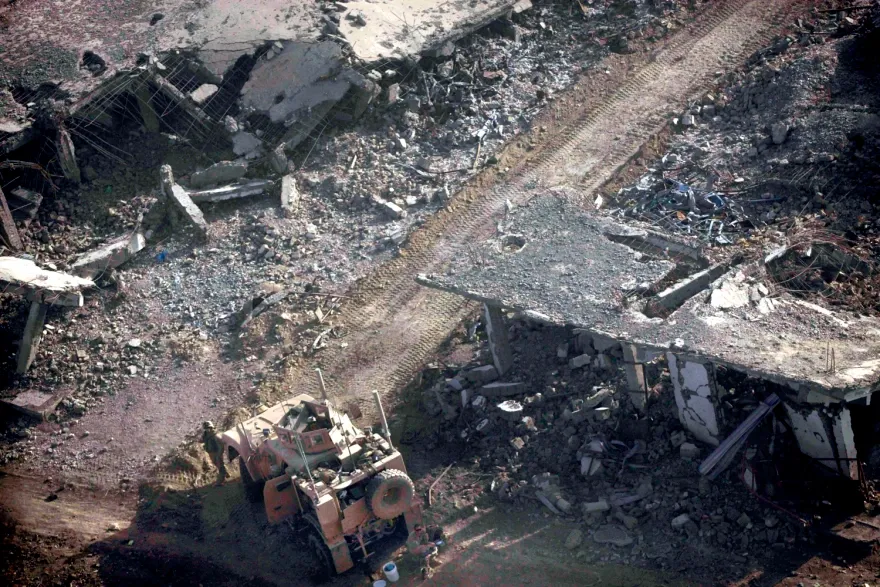
Operation Mosh-Tarak was one of the largest and most important operations during Operation Enduring Freedom. 1/6 and 3/6 often receive extensive coverage of their role in the battle. And it's well deserved. The Battle of Marjah is etched in Marine Corps history.
But one unit often gets left out of the limelight: 1/3.
1/3 had an important role during the Battle of Marjah. The purpose of today's article is to set the table for 1/3's involvement in Marjah. What follows is a brief overview and what was at stake. Follow-up articles will cover the on-the-ground perspectives.
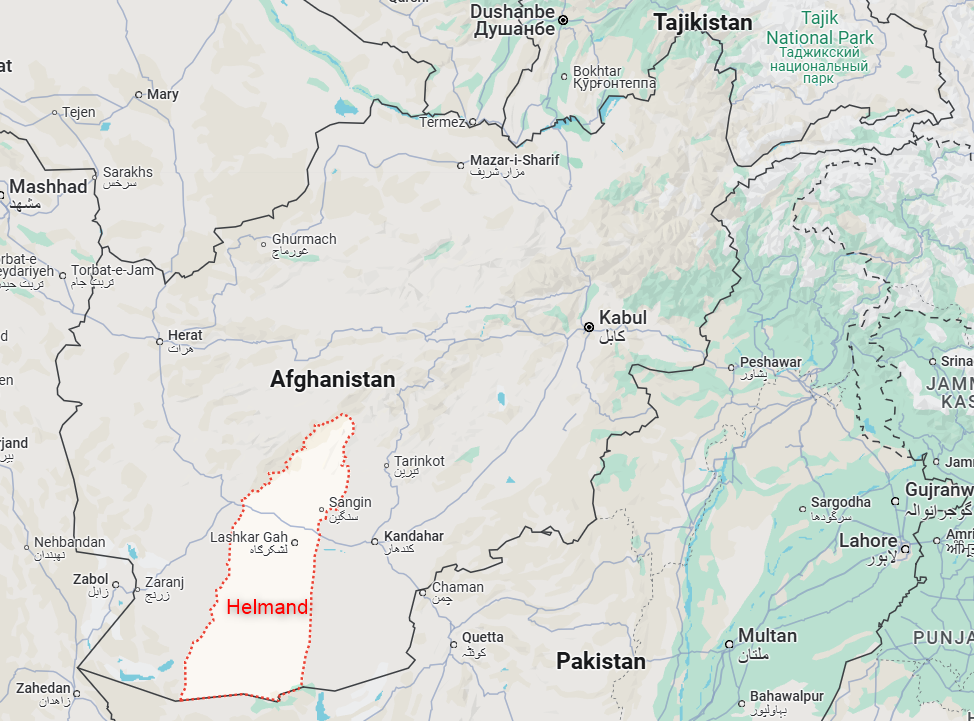
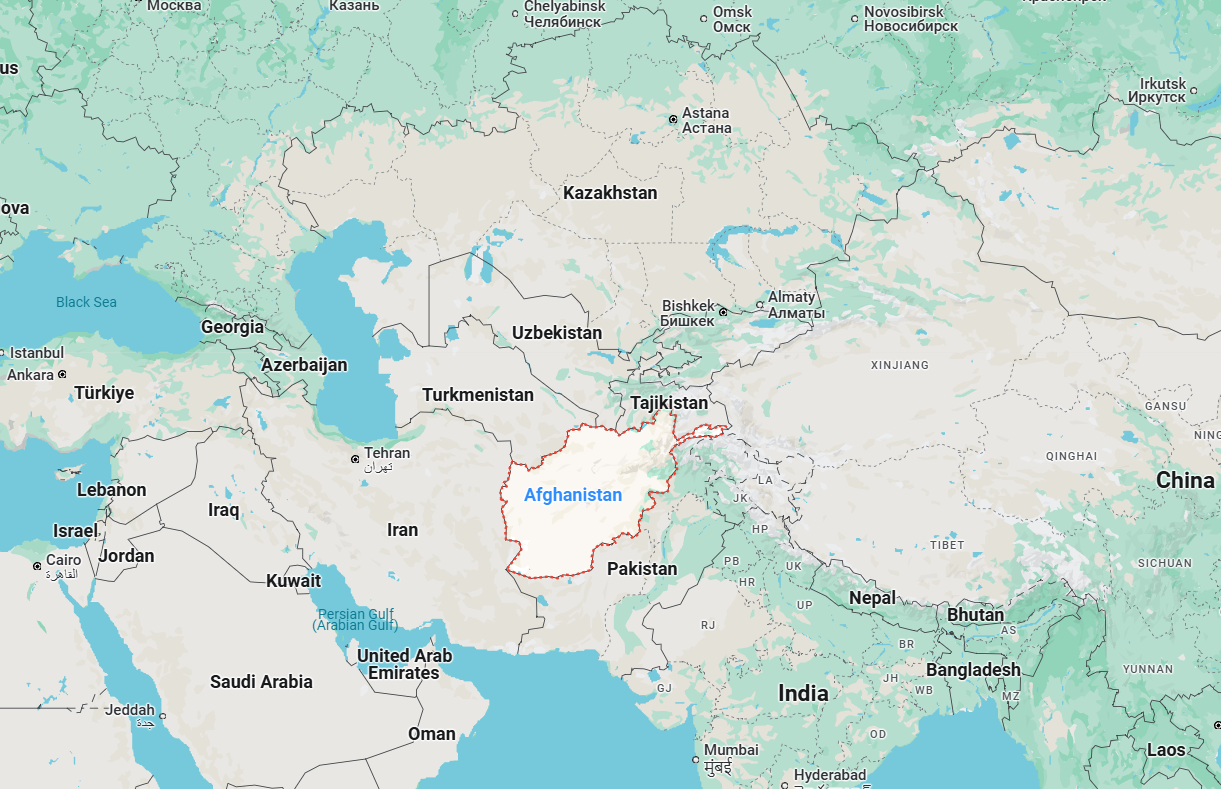
Helmand Province
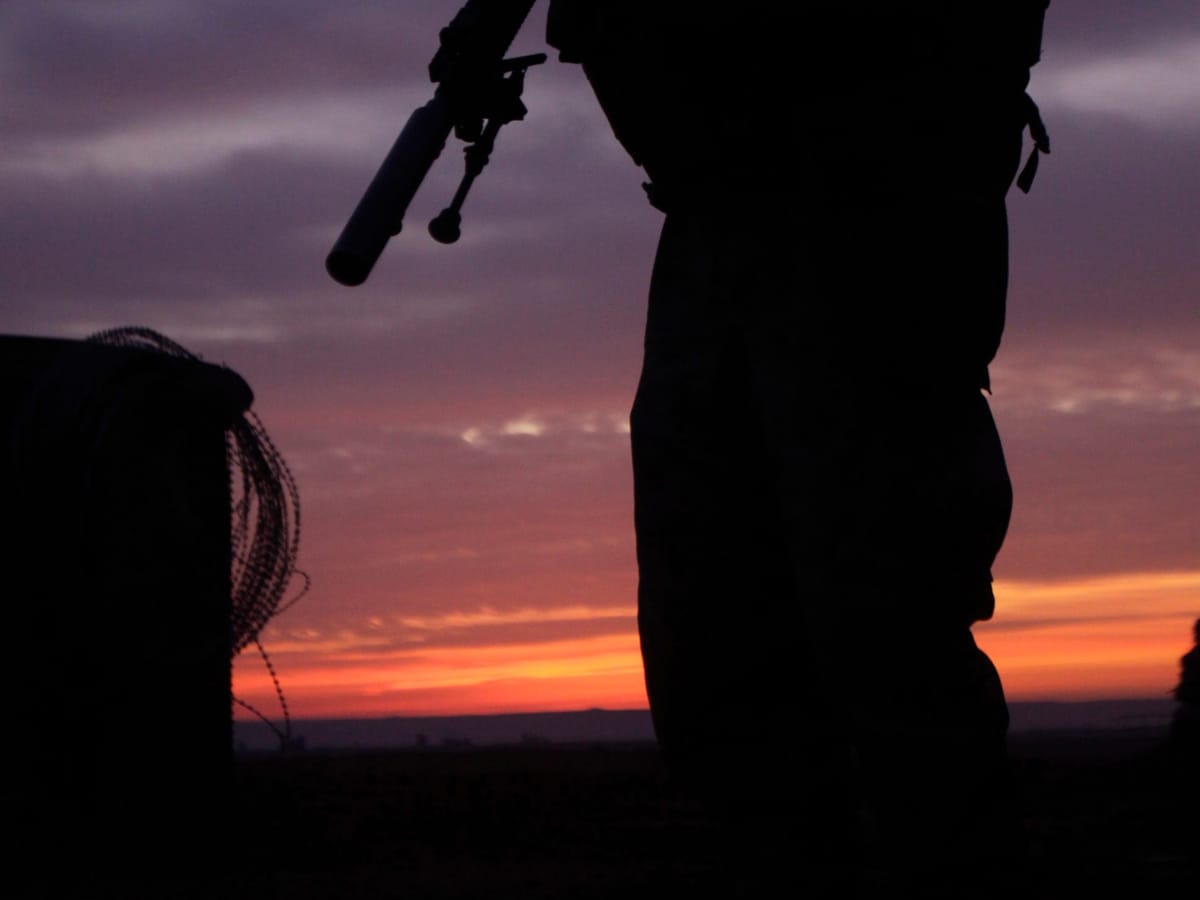
Operation Mosh-Tarak
1st Battalion, 3rd Marines (1/3) continued to patrol throughout Nawa from November through January. Contact had been minimal. But a massive operation loomed in front of the unit: Operation Mosh-Tarak (Dari for "together").
1st Battalion, 6th Marines (1/6) and 3rd Battalion, 6th Marines (3/6) flew into Camp Dwyer in December 2009 to begin preparations as the main effort. 1/3 prepared their Marines to participate in what some were calling "this generation's Fallujah."
Mosh-Tarak was the test of a new strategy. NATO forces had a "government in a box ready to roll in." Gen. Stanley A. McChrystal, commander of US forces in Afghanistan, updated Operation Enduring Freedom's strategy: hold a town and allow the Afghan government to take control. The follow-on effects of the Operation Mosh-Tarak would be the litmus test of success. Success was defined as the Afghan government providing its security and stability from within.
Gen. McChrystal's strategy was in line with what President Obama added to the Afghan strategy in 2009: "transfer." President Obama only approved a military operation if there was a plan to transfer the area of operations to the Afghan government.
Gen. McChrystal believed that the transfer phase could kick in as soon as the Taliban were defeated in the area.
The operation was well-advertised. Gen. McChrystal ensured the local population was aware of the impending assault, the largest in Afghanistan since 2001. Leaflets were dropped, and psy-ops went to work spreading the word about Mosh-Tarak. The Taliban also took the advice and ensured IEDs were laid around the town of Marjah. This IED belt also prevented many civilians from leaving the town, increasing the likelihood of civilian casualties.
Task Force Leatherneck (2nd Marine Expeditionary Brigade), British soldiers, some US Army, and the Afghan National Army all made up the players of Operation Mosh-Tarak. British forces were assigned the capital of Helmand, Lashkar-Gah, and the town of Nad-Ali. The Marines got a town called Marjah.
Marjah
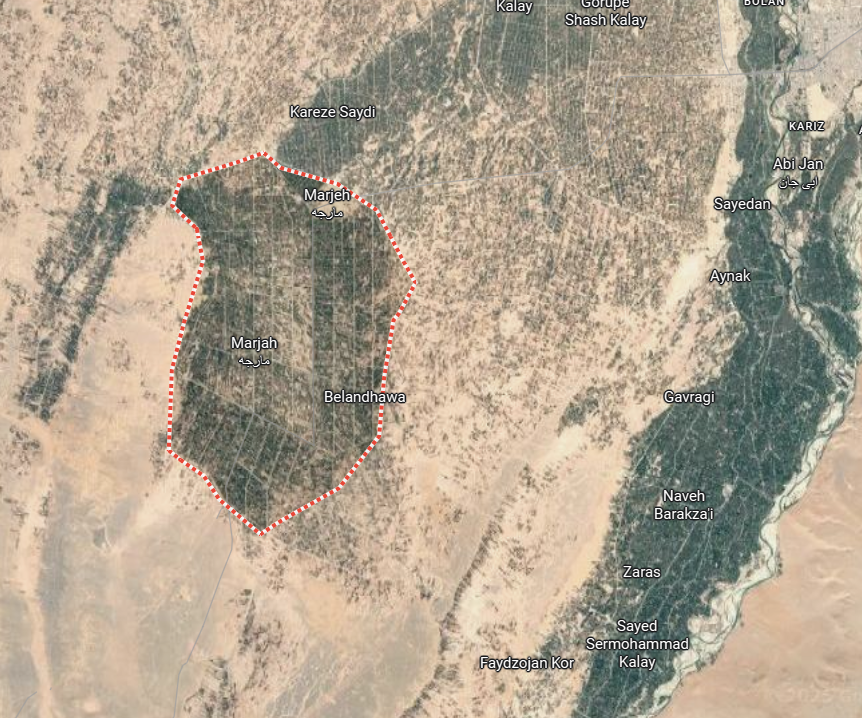
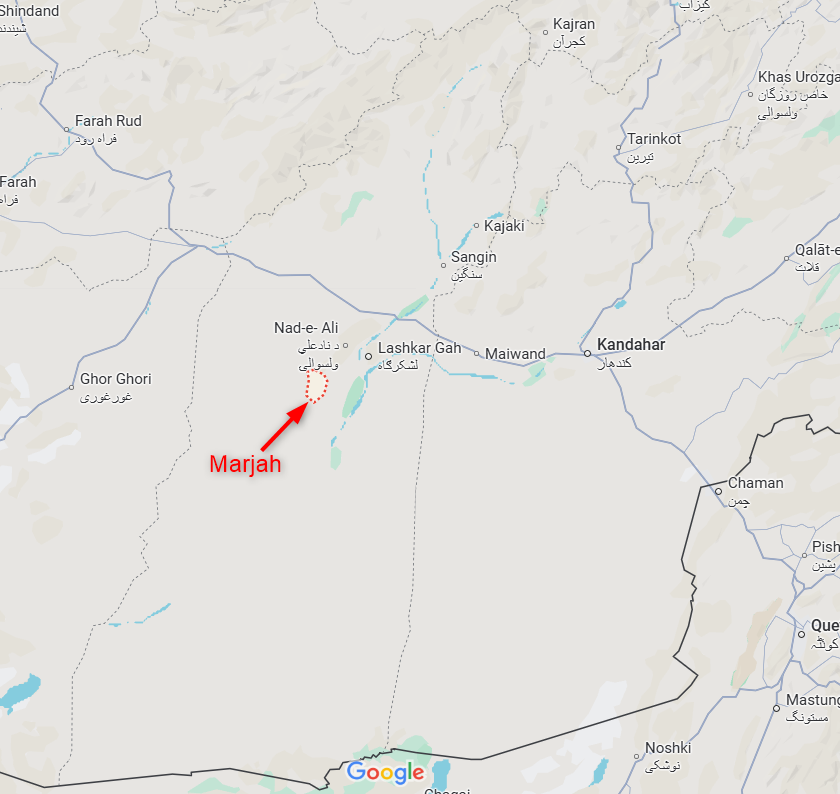
Marjah is a sprawling collection of villages larger than Washington, D.C. The agricultural town sits in the Nad Ali District of Helmand Province, to the southwest of Lashkar Gah, the province's capital.
Originally, the city was built by Americans in the 1950s as part of a project to increase irrigation and promote agriculture in the area. The area was nicknamed "Little America." The Afghanistan government used the area to resettle Pashtuns during the 1960s.
Agriculture flourished, but in particular, one crop dominated the sprawling fields: poppy.
In 2000, 10% of the world's opium supply came from Marjah and the surrounding area. This was an important source of income for the Taliban.
During a massive operation in Helmand Province in the previous summer, numerous Taliban forces were forced out of places like Nawa and Lashkar Gah. Most of them consolidated into Marjah. Its central location within Nad Ali and its vast financial importance to the Taliban made it a key area.
Marjah was the financial and operational center of the Taliban in Helmand Province.
Main Effort
The main effort of the operation was two Marine Corps units: 1/6 and 3/6. In order to cordon the enemy, 1/3 was tasked with screening the enemy northeast of the city.
Charlie Company, alongside attachments from Wpns Co., was tasked with seizing MEB Obj 7, "Five Points." The intersection was northeast of Marjah and on the way to Lashkar-Gah. Seizing Five Points would prevent the Taliban from egressing towards Helmand's capital.
Bravo Company would also participate, tasked with clearing the route from Nawa to MEB Obj 7, a distance of 9km on foot.
So far in the deployment, 1/3 had spent time patrolling Nawa in the cold Helmand winter. They found weapons caches, IEDs, and received sporadic small arms fire.
The Marines knew about Operation Mosh-Tarak. It was their Super Bowl. And on the night of February 9, 2010, D-Day-4, Charlie Company inserted via air to seize Five Points.
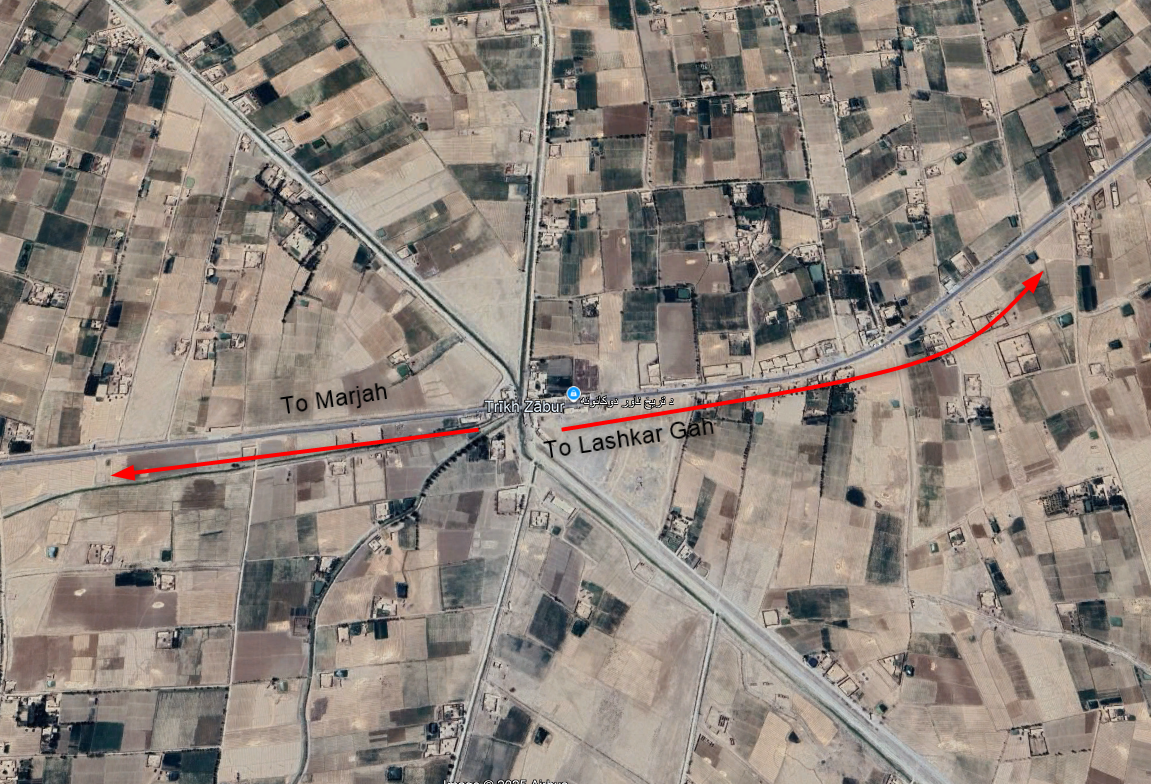
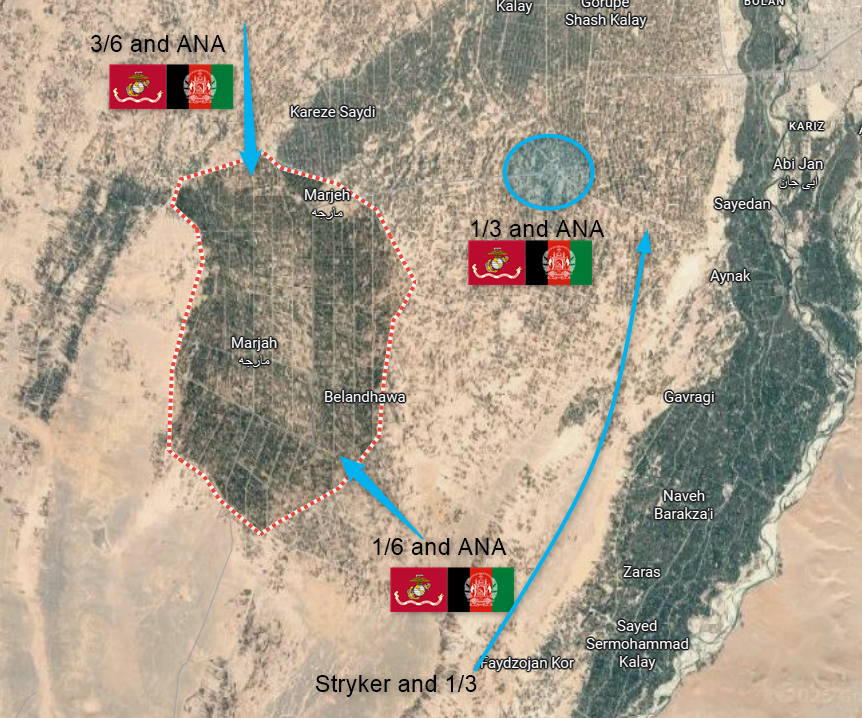
Likely location of Five Points.
Sources:
Hafvenstein, Joel. Opium Season: A Year on the Afghan Frontier (Guilford, CT: Globe Pequot, 2007).
Koetting, Matt. (former Squad Leader, 1/3, Charlie Co., U.S. Marine Corps), interview by Stephen Kwiatkowski, Palm Desert, CA, July 29, 2025.
Sanger, David E. “A Test for the Meaning of Victory in Afghanistan,” The New York Times, February 14, 2010.
Thompson, Mark. “U.S. Troops Prepare to Test Obama’s Afghan War Plan.” Time, February 9, 2010.
Michel, Aloys Arthur. The Kabul, Kunduz, and Helmand Valleys and the National Economy of Afghanistan: A Study of Regional Resources and the Comparative Advantages of Development. Washington, DC: National Academies, 1959.
